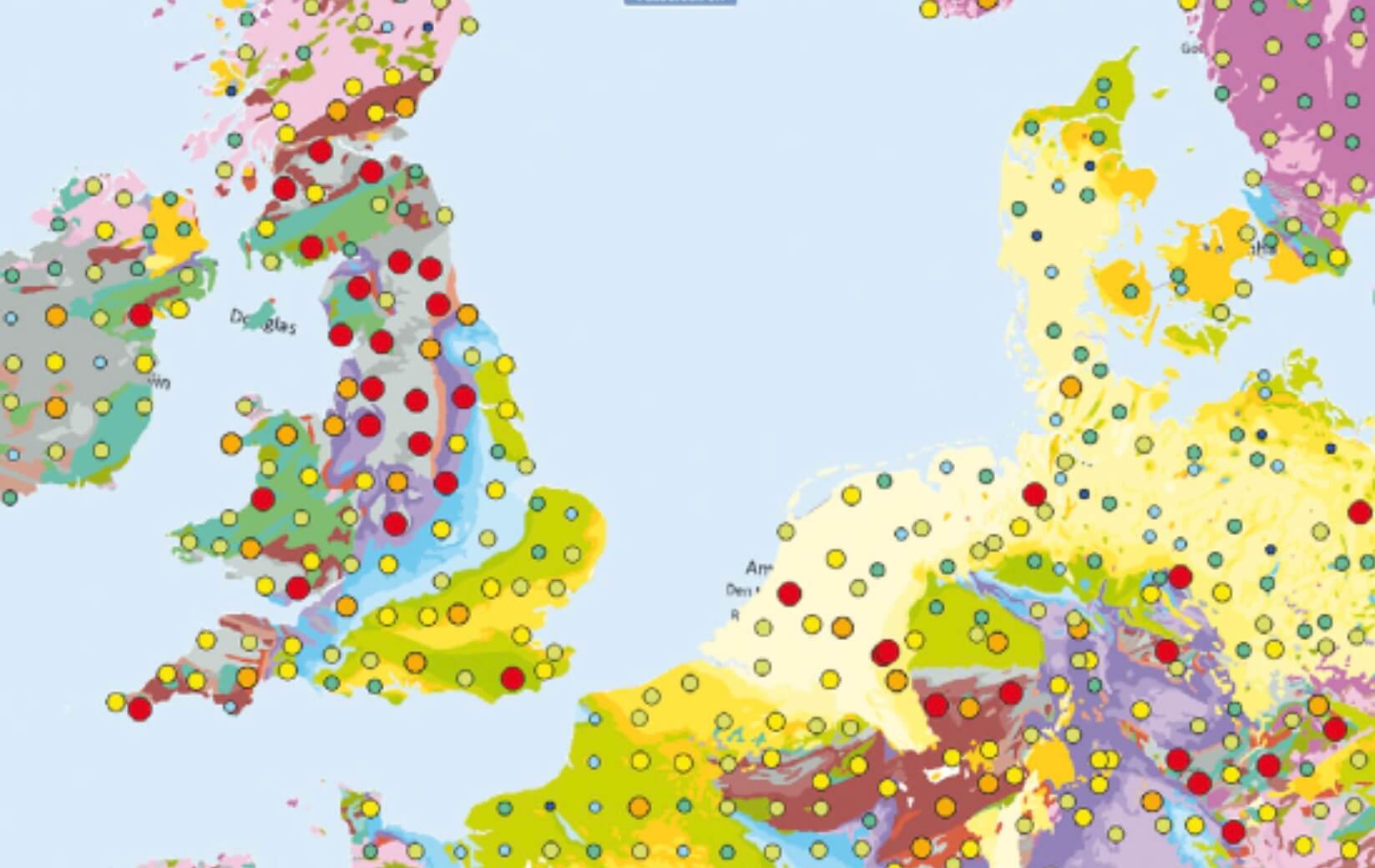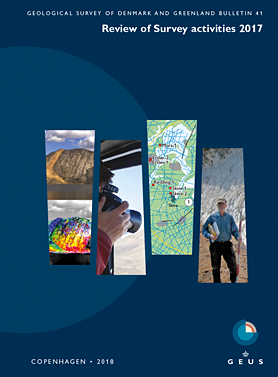
How to Cite
Share
Abstract
Geology does not respect national borders. Hence, in order to get geological overviews of Europe, input from geological surveys in more than 35 countries is required. European policy makers have several times been forced to rely on the US Geological Survey to provide e.g. resource estimates from the European continent, but for obvious reasons there is a wish to base European decision making on European knowledge. Consequently, the European Commission and the European Parliament have formulated a request for the establishment of a ‘Geological Service for Europe’. In its strategy towards 2020, EuroGeoSurveys (EGS) addresses the creation of such a service through three pillars. EGS is an umbrella organisation through which national geological survey organisations of 36 European countries cooperate, referred to below as national surveys. The three pillars are designed to integrate input from all national surveys into a system that can swiftly act on urgent needs for knowledge-based decision support. The three pillars relate to joint research, data integration and sharing of facilities (Fig. 1). Whilst the third pillar has only recently been dealt with, the two first have already advanced through a number of recent initiatives. Having been a key player in numerous EU projects for many years, the Geological Survey of Denmark and Greenland (GEUS) has attained a central role in the implementation of these two pillars of the strategy, both as coordinator of the European Geological Data Infrastructure (EGDI, www.europe-geology.eu) and as one of the biggest players in the so-called GeoERA programme. GEUS participates in ten projects and is a partner in the secretariat and the coordinator of the GeoERA Information Platform. The present paper outlines the main steps towards the current situation and provides a background for GEUS’ role in this.
How to Cite
Share
Downloads
Editors Adam A. Garde, Ole Bennike and W. Stuart Watt
The 22 contributions in this issue of Review of Survey activities demonstrate the broad field of activities performed by the Geological Survey of Denmark and Greenland and external partners.
Seven papers on Danish geology comprise an investigation of reservoir sandstones for oil [...]










